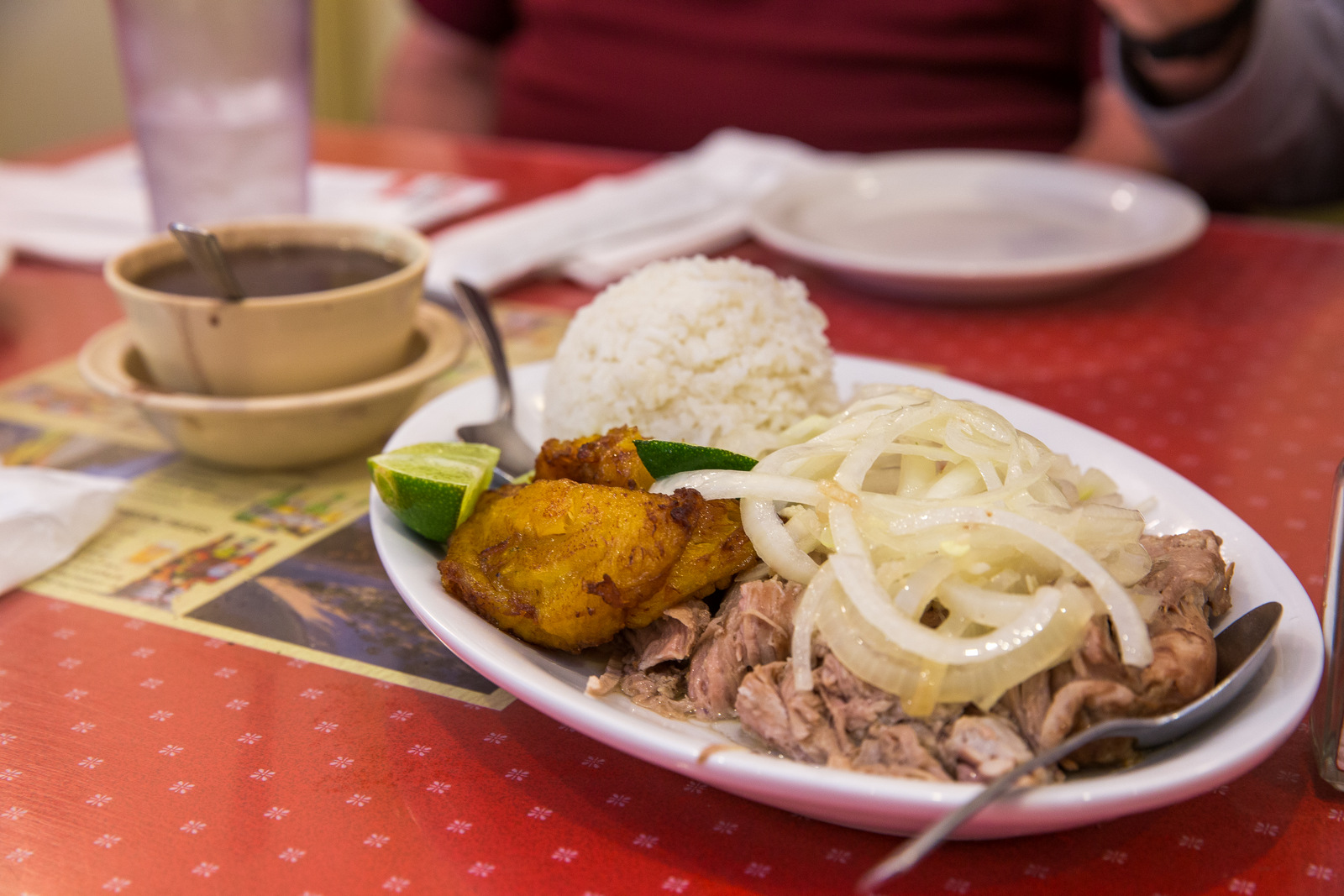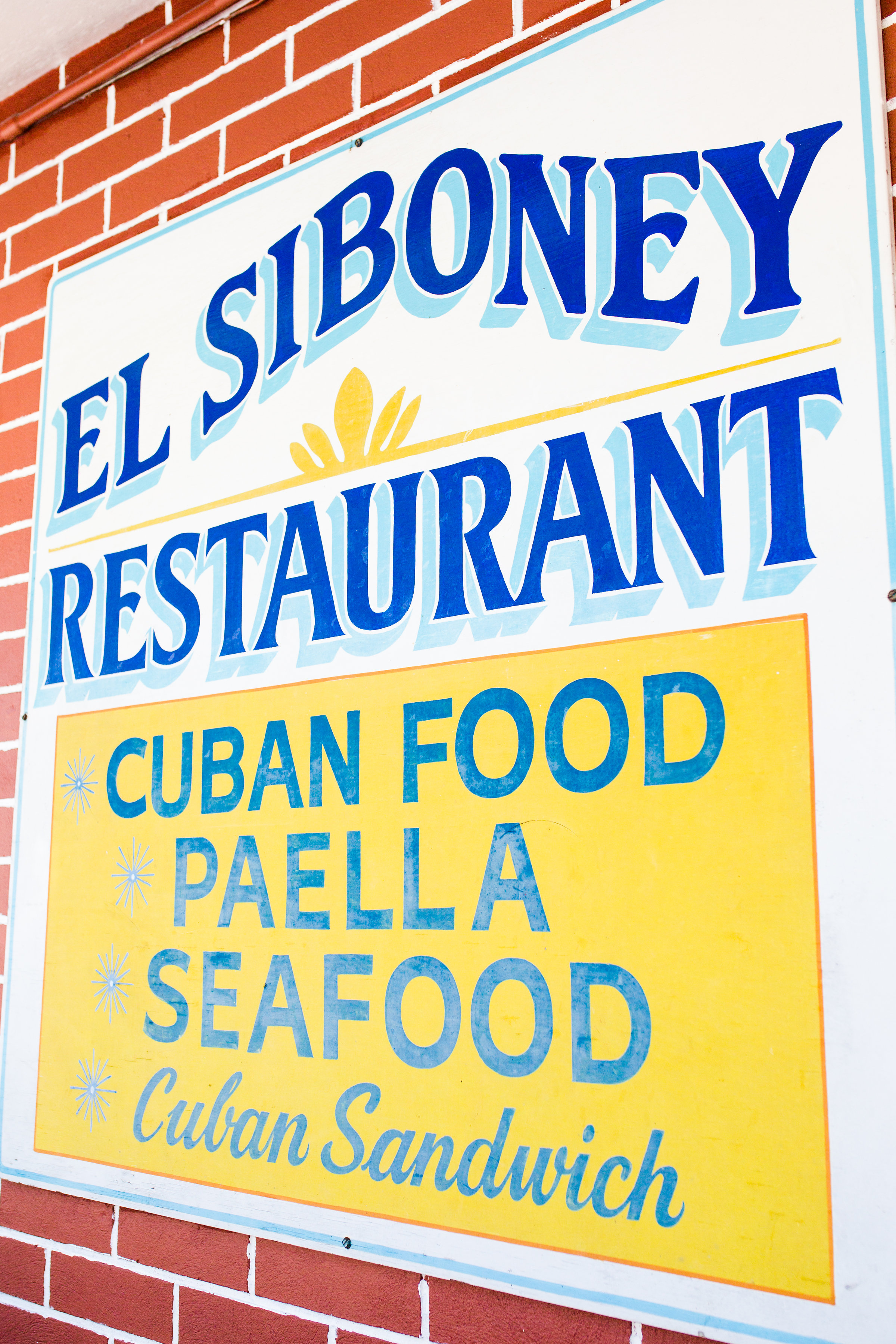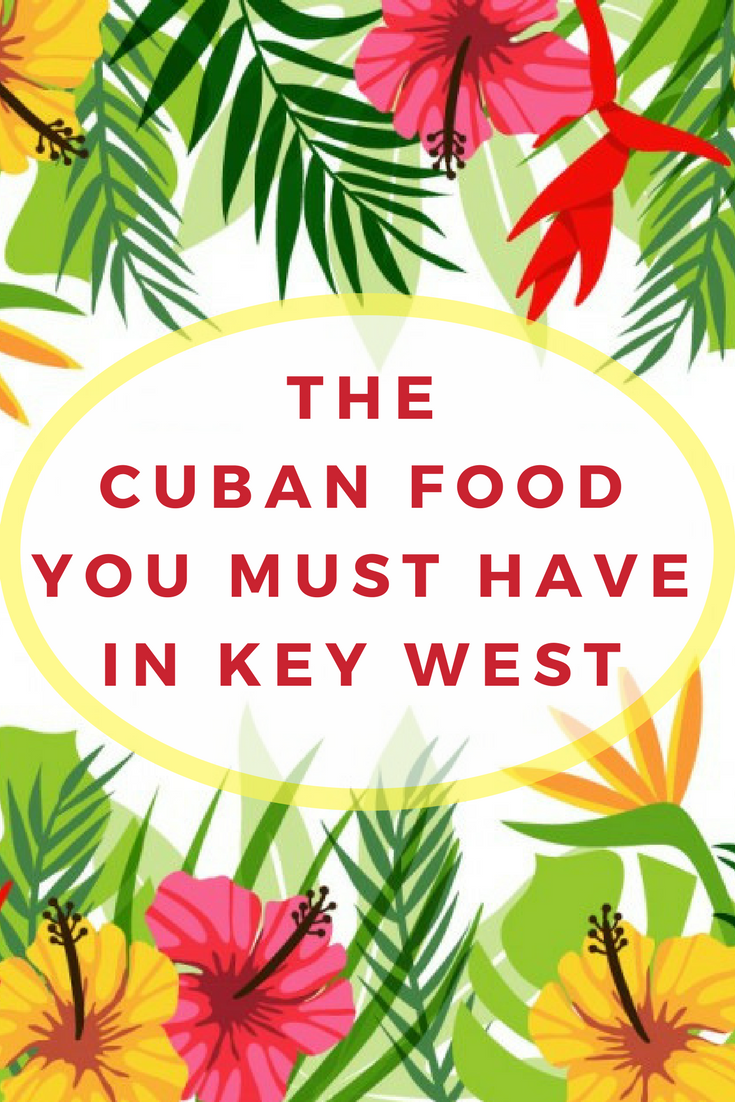Because most visitors to Key West perceive us as having a seafood oriented cuisine, few realize the impact Cuba has made on our cooking. Ask any local for a great restaurant and he refers you instead to a great cuisine: Cuban.
Now that you get the logic that Cuba has always been only 90 miles away, and settle into your Cuban restaurant, what do you order from the countless delicacies listed on the menu? Let us make it super easy: the first Cuban dish you should get under your belt (all pun intended) should be Roast Pork, white rice and black beans.
History Of The Meal

Photo// cravecookclick.com
Cuban cuisine is a blend of several cultures– Taino, Spanish, African and Caribbean– with each adding their own methods of cooking and their own dashes of spices. The indigenous Taino were traditionally on a diet of seafood, tropical fruits and vegetables. It was when the Spanish invaded Cuba that pork was introduced to the island. The flavor for Cuban Roasted Pork is a result of slow cooking, orange-lime citrus, garlic and onions. Today, most homes serve Roast Pork on holidays, celebrations, even Sunday meals, but thankfully, Cuban restaurants have it available for you every single day!
White vs. Yellow Rice
Cooked, fluffy white rice is traditional and a great compliment to the strong marinated flavors of the Roast Pork. In Cuba, yellow rice hailed from Spain where the most expensive spice in the world—saffron—colored the rice yellow. Today, saffron is hardly ever used, and the cheaper “poor man’s” saffron, sazon, is added.
Yellow rice was most likely used during Spain’s rule of Cuba. After Cuba’s independence from them in 1902, and with a combination of trying to get away from Spanish influence, and saffron becoming too expensive for Cubans to use, yellow rice was phased out. Unless yellow rice is part of a well-seasoned paella or arroz con pollo (chicken and yellow rice), a side dish of yellow rice is not reflective of Cuban cuisine today.

Photo // instagram // elsiboney_key_west
How It Came To Key West
During the late 19th century, and into the early 1900s, almost half the population of Key West was comprised of Cubans. This was due to the Ten Years’ War as well as the Spanish American War where thousands were leaving in droves and migrating to Key West, only a short 90 miles away. With them they brought their culture and cuisine, and present day Key West is strongly influenced by those early Cubans.
There are many Cuban restaurants residing today in Key West and Stock Island, with all of them serving up the traditional fare. We also feature a well known place, El Siboney, on the first stop of our Southernmost Food Tour, where guests get to sample this exact dish.

Enjoy It Back Home
CUBAN Roast Pork, Rice and Beans RECIPE
ROAST PORK
Citrus garlic marinade (Mojo)
o 3 cups of Goya Mojo OR 3 cups of liquid from sour oranges OR 2 2/3 cups lime juice and 1 1/3 cup orange juice
o 1 tablespoon ground cumin
o 2 tablespoons dried oregano
o 2 heads of garlic, chopped finely
o 3 tablespoons salt
o 1 tablespoon black pepper
PUT ASIDE
2 onions cut into rings
Pork
o 6 to 8 pounds boneless pork shoulder butt (blade roast)
o Salt.
Marinate the pork
1. Mix first 6 marinade ingredients in a bowl and let sit for 10 minutes.
2. Strain marinade. Put liquid into two bowls. Mix what was strained into one bowl. Use the second bowl for the flavor injector. Pierce the pork with the tip of the needle, and inject it into the flesh. Do this all over the meat until the strained marinade has been used up.
3. Place the marinated pork in a deep bowl or container. Generously season the outside of the pork with salt and pour the remaining marinade all over it, spreading the onion rings all over the top.
4. Cover well with plastic wrap and refrigerate for at least 1 hour or up to 24 hours.
Prepare to Cook
Preheat oven to 325 degrees with rack in lower-middle position.
5. Remove the pork from the marinade and place it on a platter. Transfer the marinade to a saucepan, add the onions, and bring to a boil for 2 minutes. Remove from the heat and cool down. Place the boiled marinade and onions in a blender and puree until smooth. The marinade is now ready to use as a basting liquid.
Roast
6. Place pork with skin side down on wire rack set over rimmed baking sheet or in roasting pan with rack. Cook, uncovered, 3 hours, basting as needed. Then flip roast skin side up and continue to cook until instant-read thermometer inserted into thickest part of meat registers 190 degrees, about 3 hours more, lightly tenting roast with foil if skin begins to get too dark.
Done
7. Transfer roast to cutting board and let rest 1 hour. To carve, first remove skin in one large piece. Scrape off and discard top layer of fat, then cut pork away from bone in 3 or 4 large pieces. Slice each piece against grain into 1/4-inch slices. To serve skin, scrape excess fat from underside and cut into strips. Serve.
BLACK BEANS
Pour 1 can of black beans into a saucepan.
Fill the can with water and scrape inside, then pouring into saucepan.
Add ¼ onion chunk, one green pepper chunk, sprinkle of garlic salt, and a small squirt of ketchup.
Heat and Serve.
WHITE RICE
• 2 tablespoons extra-virgin olive oil
• 1 garlic clove, smashed
• 2 1/2 cups water
• 1 teaspoon salt
• 1 1/2 cups long-grain white rice
In a large saucepan, heat the oil with the garlic over moderate heat and cook until the garlic is golden, about 2 minutes. Add the water and salt to the saucepan and bring to a boil. Stir in the rice and return to a boil. Cover and simmer over very low heat until the rice is tender and the water is absorbed, about 20 minutes. Let stand off the heat for 5 minutes, then fluff with a fork and serve.
FRIED PLANTAINS
Buy plantains (not bananas, although in the same family) that are virtually black on the outside.
Peel, cut in half-inch slants, fry in deep oil until dark golden brown.
Goya also sells them in the freezer section.
LIKE IT? PIN IT!



